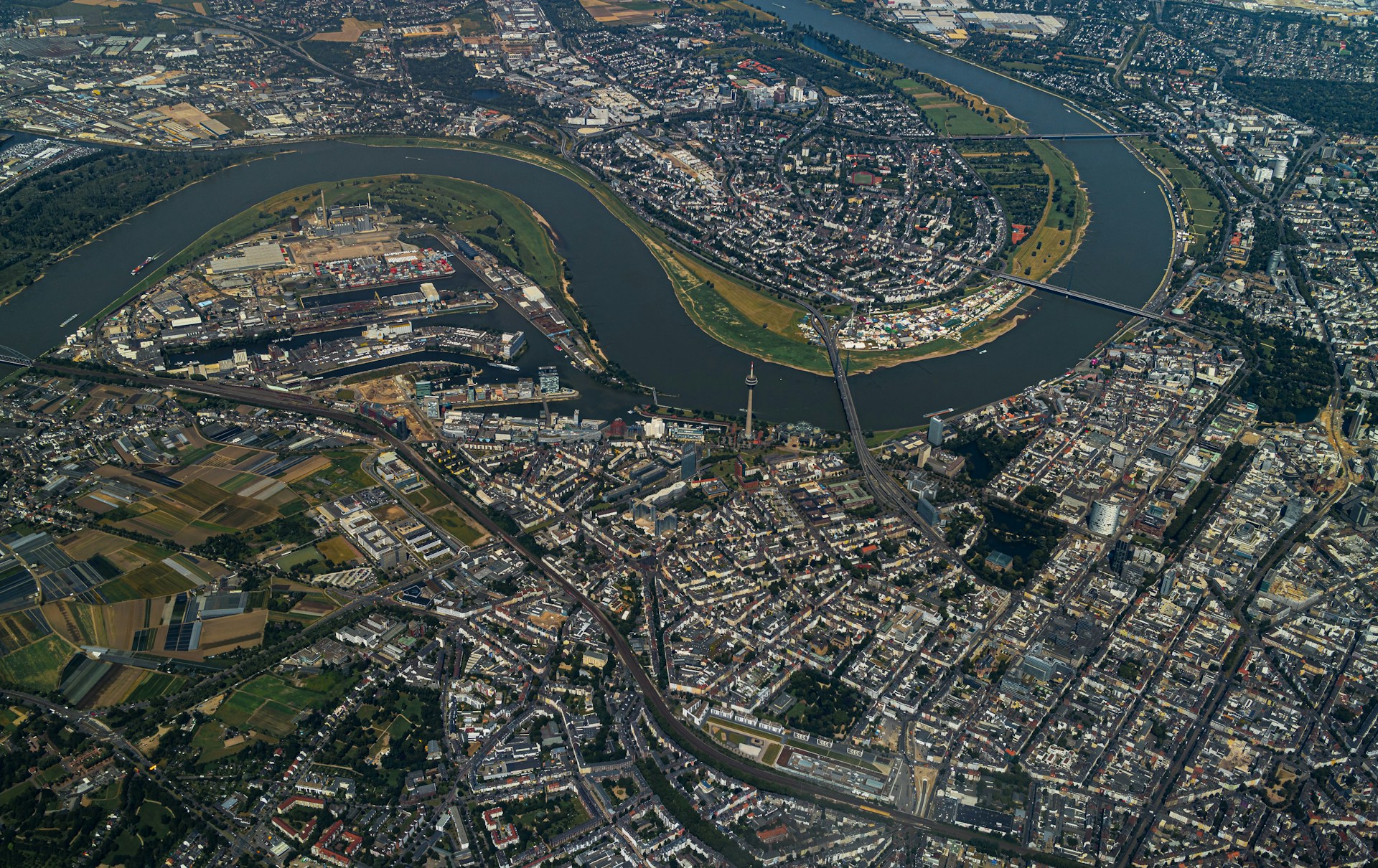European drought multiplies business risks.
13 October 2025

Europe and the Mediterranean basin are enduring the most severe drought on record since the Copernicus Climate Change Service began keeping records in 2012. More than half the region has been affected since April, with August setting an all-time high. Impacts are severe and widespread from unreliable power generation and transport to higher flood risks.
Unreliable energy generation
When reservoirs store far less water than usual, hydropower generation decreases. According to the thinktank Ember, in the month of May, European hydropower output dropped to “its lowest level since 2017”. British energy company SSE cited “unfavourable weather conditions” for a 40% year-on-year drop in springtime hydropower generation. Low reservoirs reduce inflow into turbines.
In addition to water level, monitoring water temperature is critical. France and Switzerland were forced to shut down nuclear power plants during a June heatwave. The water was not sufficiently cold to cool the systems. A second heatwave in August left France with water shortages in two-thirds of the country.
Slower shipping operations
Low water levels restrict transport along inland waterways. Loaded with less cargo, ships operate below normal capacity and incur more costs. In the worst cases, the vessels idle in harbours. River systems are equally vulnerable to sudden floods after a prolonged drought; intense rainfall can lead to sudden surges, overwhelming both natural channels and infrastructure.
Faster stormwater runoff
Hydrologists warn that long dry spells magnify the risk of flooding. Extreme drought affects soil health. As the soil absorbs less water and hardens, it becomes like concrete. Eastern Europe and the Balkans, in particular, have had a “high amount of soil under alert in multiple countries”. In Hungary, the percentage of soil under alert increased from 9% percent in June to 56% percent in July. In France, the same drought indicator increased from 44% to 68% between June and July.
When heavy rain falls on hardened soils, stormwater quickly races down slopes – entering drainage systems, streams and rivers. Europe’s severe storms and steep terrain can quickly produce flood waves.
Drought is no longer limited to water scarcity. It is also a precursor to water stress. KISTERS is partnering with companies investing in measures to avoid significant disruptions related to weather and water. Strategies include rainfall forecasts, continuous water level and surface velocity monitoring, and automated alerts to raise awareness of water security concerns. Moreover, the easing of data sharing and communications is enhance collaborative resilience to drought, water scarcity and floods.